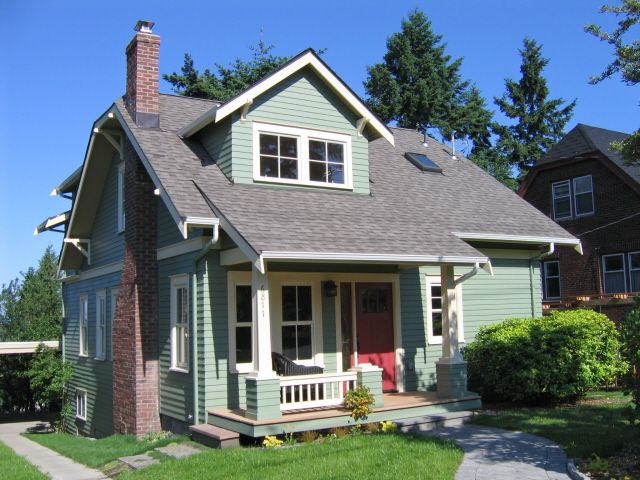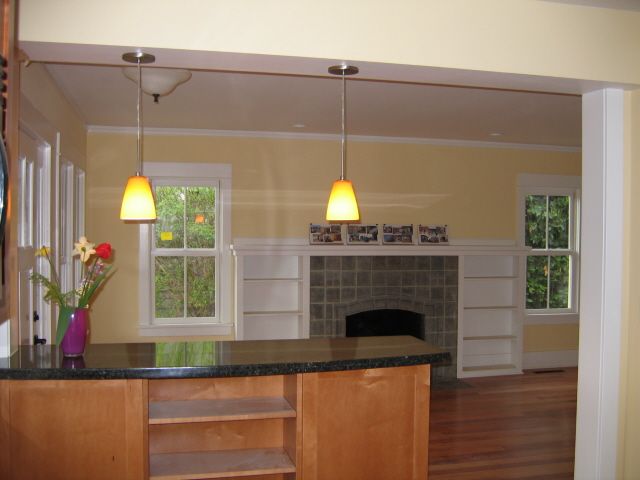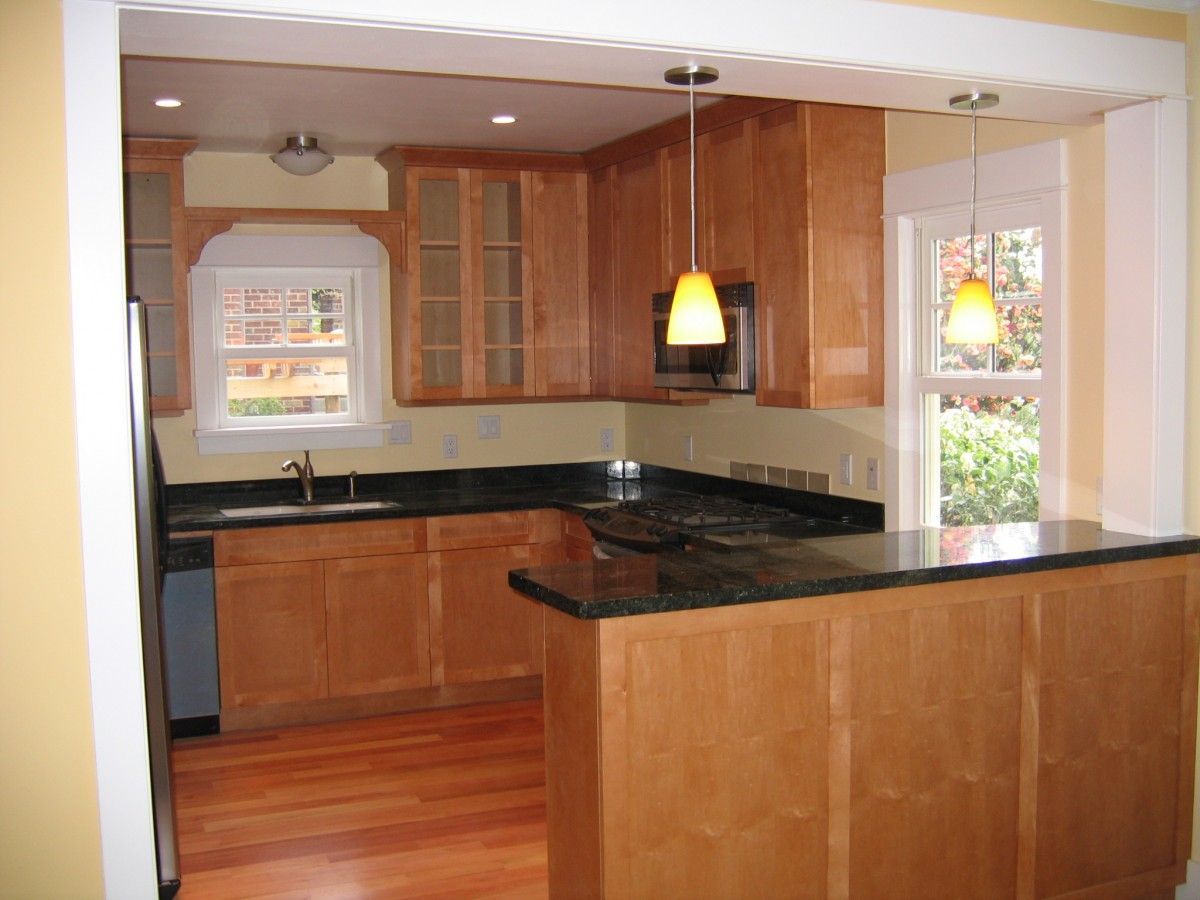Total Seattle Gut-Second Story Addition

Bought by my wife and myself as an investment, this is the ‘house next door’…literally. When our neighbor of 20 years passed on, we decided to buy and renovate the property. We designed it to keep true to the original 1920’s bungalow style by adding a new, contextural second story in the scale of our neighborhood. In a city of tear-downs, we saved a great old house and were able to turn it over in a down market. Good design helps! This home was featured in the FH Houses edition: Summer 2009 #203.




























View Comments
Fantastic, what a beautiful job. I particularly like the windows, especially the 4 over 1 in the kitchen. Which windows did you use?
Riverdale,
Thanks for the kudos. The windows were Vetter aluminum clad sash replacements on the lower floor and Vetter aluminum clad casements (made to look like double hungs) on the upper floor. I used the sash replacements on the lower floor because I was working with existing openings. They worked very well. -Jim
Nice update jarchitect. Do you have a before picture so that we can really appreciate the changes?
Hello:
I am interested in the sash replacements- any photos of those as installed? I'm considering using them on a concrete-framed stucco house where I REALLY do not want to remove the existing frames. They're in good shape and the sashes are the only problem. Your job above looks great, so I can assume you debated the aesthetic points of sash replacements as well. Much appreciated.
1Sensei:
Check out my webpage: http://www.jarchitect.net
I have a before photo on it. -Jim
To those interested in sash replacement:
I used Vetter sash replacements. I knew early on I did not want to use vinyl. They are aluminum clad exterior and paint grade interior. You can get them with better interior finishes and also fiber clad exterior, I believe. They were a bit less costly than Anderson/Marvin. They have a website.
I chose to use sash replacements because the existing frame was ok and I didn't want to booger up the exterior trim. I could have used a full replacement window,but I was also concerned about sash/jamb thickness and too 'heavy' an appearance. The sash rides in a vinyl channel that is screwed onto each jamb. This reduces the opening by about 1/2" on each jamb...which is acceptable and less than noticeable than it would be with a whole window replacement.
I found them to be pretty easy to install once I got my rhythm down. I replaced roughly a dozen window, so I was able to capitalize on my learning curve. They say it takes something like 30 minutes to do...which is pretty optimistic. I figure it took about an hour per window once I was rolling. Scaping paint and filling holes also slows you down. I used only basic tools.
Some observations:
* I like the way they swing out for cleaning.
* The vinyl channel at each jamb cannot be painted and is white...so it will show if you choose dark interior paint.
* Take care to measure the angle of your sill...this is very important for good weather sealing.
* When you measure your openings, be careful and measure several times. You don't want to mis-measure. The width is easy 'cause the existing window is the the same as the replacement.
* The stops had tiny staple holes that needed to be filled prior to painting. I thought this sucked a bit. Again, check Anderson or Marvin here. They might have better quality control.
* Mine did not come with screens. I'm not sure if they are part of the stock package. I didn't worry about it because Seattle is not very buggy. (cause the summer's are so bleeding cold at night)
* I suggest calling around your area reps to see if there are some installation you can check out. Most home owners don't mind.
Some who are purists and have vintage houses don't like sash replacements because of the vinyl runners. I didn't have those issues in my cases. Good luck!
My wife and I are from Seattle and are familiar with the bungalow neighborhoods that add so much to its character.
We are specifically from the Greenwood area, which has a wide range of comfortable little bungalow streets.
So much of Seattle is comprised of this style of architecture - from the U-District, Wallingford & Greenlake to Capitol Hill, Queen Anne Hill & Ballard (and beyond).
To imagine such distinct Seattle character being replaced by more generic apartment complexes (and they are popping up all over the city) is a real disappointment.
You've done excellent work and have added to the longevity of Seattle's character.
Thanks for that...and congratulations.
Shawn & Jamie - all the way from Maine!